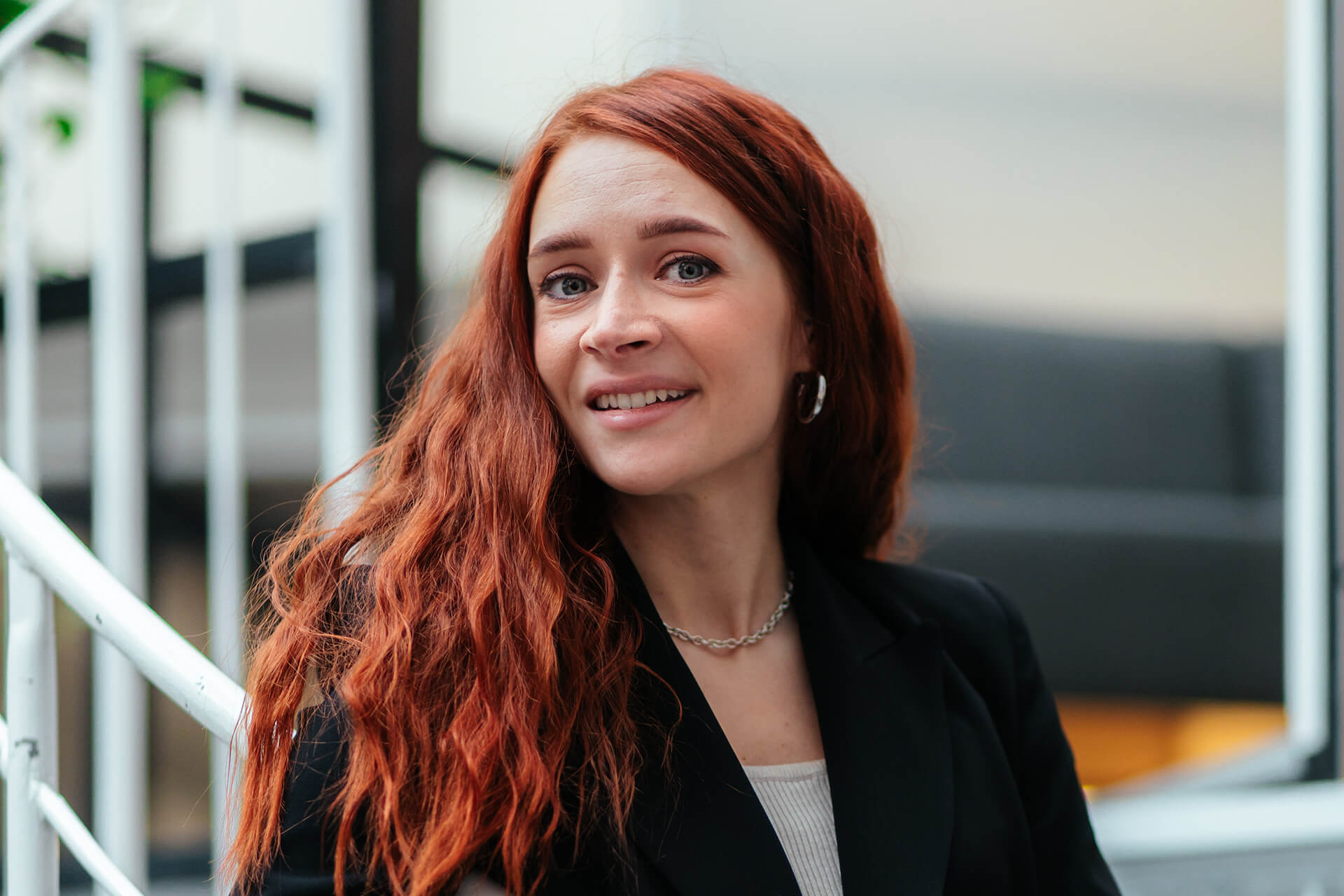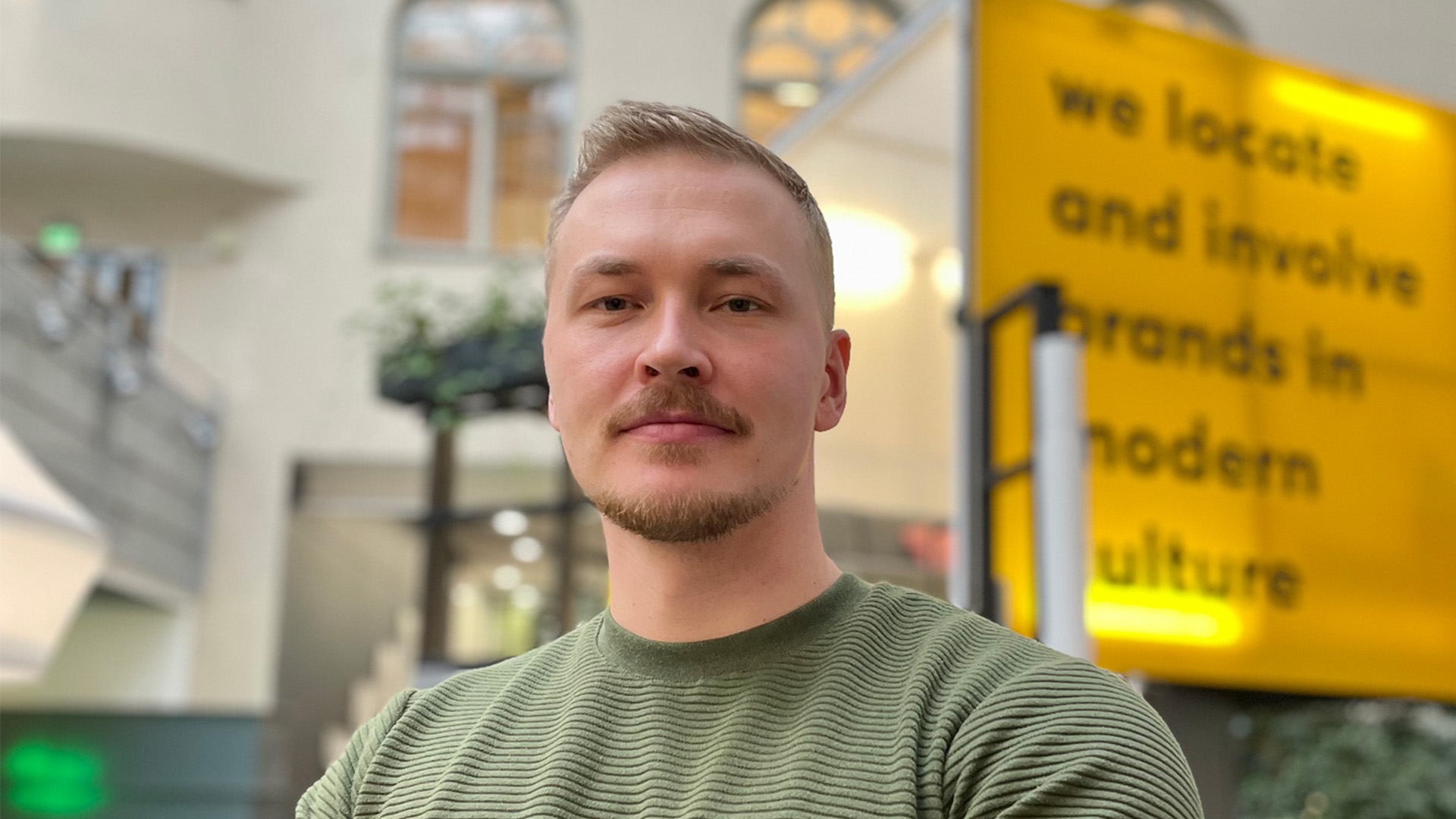Generative AI in the creative business
If you have been alive during the last 18 months, there’s little chance that you’ve missed the buzz around generative AI. With the buzz, a group of sceptics has also grown – which is only a good thing. New technologies have created bubbles that end up bursting and leaving a bunch of early adapters puzzled. But with AI there’s more than meets the eye, and that’s why we believe that it will not end up in the same pile with NFTs, cryptos and empty metaverses.
Artificial intelligence has been a part of computing ever since computing has existed. In 1951 the first AI application was already running at the University of Manchester. Playing chess of course. The growing landscape during the last few years is a part of the evolution of artificial intelligence through machine learning and generative algorithms.
Different AI tools have basically learned enough patterns to make it possible for them to start generating their own. Patterns of image data, text, code, language, music, audio, soundwaves, etc. are all in its repertoire. But that is enough history, if you want to know more, ask your favourite AI tool.
Is AI safe and risk free?
The short answer is no. AI companies are often challenged about the way they use reference materials under copyright protection and some artists have felt the stress of AI taking their original style.
These drawbacks are not uncommon and should be taken into consideration whenever using generative AI tools. Take our advice: do not create your materials with generative AI using the “in the style of…” prompts. We know it’s tempting, but you really should not.
While creative processes and tools change, legalities and copyrights don’t. This also means that many AI tools do not give the user the copyrights of the materials that have been created. Think of it this way: your competitor could take the image you have created, use it, and that would be totally ok.
Added to the obvious copyright and ethical issues, there’s also the issue of data security. The easiest way to look at it is that AI tools should be seen as a two way street. Everything you put into an AI tool might end up as a reference material to others in the future. This obviously means that you should never put anything confidential into an AI tool. At TBWA, we have a strict policy of never putting any brand or product names into these tools.
AI as a part of creative work
Different AI tools have become a part of the daily creative work at TBWA\Helsinki. From insights and understanding generated with TBWA’s own Co-Pirate, a chatGPT based tool, to first drafts of images generated with GettyImagesAI and other image generative AI tools. These are the easiest ways into using AI as a part of the creative process. But AI isn’t only for the agency.
AI can and should play a role in brands’ marketing teams as well. By selecting the right tool (ChatGPT, Bard or Bing) and using the brand strategy and other information as input,the power of AI comes alive. This way you can use AI as your companion in building briefs, understanding your audiences and the market situation.
At TBWA, we detected that one way of making working with AI safe and easy is creating our own GPT, the Co-pirate. This way we know that everything we input stays on our own platforms and won’t spread among the tools. Hence, we can safely input things to the GPT to get the most out of it. This model is also available for our clients.
Where is AI going in 2024?
As the AI landscape has already grown through GLLMM (Generative Large Language Multimodal Model) to include everything that can be seen as patterns, it’s imminent the scale will only keep on growing. Exponential growth capabilities in current tools will mean even better and more accurate outcomes for images, voice overs and all things text. We will also see even better solutions in new fields, such as 3D, animation, music and more.
The most interesting trend for now is the movement towards AGI (Artificial General Intelligence) by the biggest players in the field. This would mean that in the future the same AI tools could create a multitude of different outcomes. You wouldn’t need different tools for text, images, sounds, 3D and animation but could get it all from a singular AI tool.
In 2024 follow at least how these four things evolve:
-
1. AGI moving forward at OpenAI and other big players
-
2. Film and animation AI tools, such as RunwayML and Stable Video Diffusion
-
3. GPT market changing the way AI tools are created
-
4. All the tools finding better user interfaces, making the work processes even more fluent. For example MidJourney moving from Discord to a browser based solution.
Enjoy the change
All in all, generative AI is here to stay. It will make us a better agency and your team a better marketing team. The exponential growth of AI tools means that the way we work will change tomorrow even more than it did yesterday. It also means that we get to live in a time when the world and the way we work changes more than it ever has, so let’s enjoy that.
Five things to remember
Artificial intelligence as a field is changing everyday but there are few threads that are true now and probably will be in the future.
-
1. Artificial intelligence is not going anywhere and will be an essential part of our lives, both personal and professional. So find your own best practices with it and enhance your productivity, skillset and team.
-
2. Artificial intelligence is an exponentially evolving field. So while there are still tools that don't do exactly what you are looking for, they are getting better quicker than any tools before.
-
3. Artificial intelligence tools open up totally new possibilities for the creative process. While this is great, you should always keep in mind the legalities, data security, ethics and morality when working with AI tools.
-
4. While artificial intelligence tools are and will be super strong part of the creative work, there will always be the need for the skilled professionals in the creative business. So don’t be afraid, just update your skills and find new and better ways to work.
-
5. You are not alone in the storm. Connect with your colleagues and partners who have already jumped on the new wave and learn together.
To learn more about AI in the creative process and how you can implement it in your organisation, please contact Stephanie Bardy or Juhana Hokkanen at TBWA\Helsinki. We hope you might find our cheat sheet, toolbox, and webinar useful in your adventures with AI.


